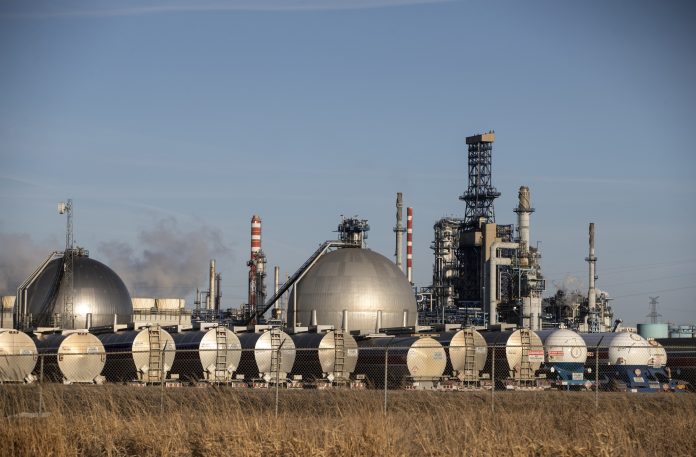More than 20 per cent of the world’s refining capacity is at risk of closure, energy consultancy Wood Mackenzie has found in an analysis released on Thursday, as gasoline profitability declines and pressure to cut carbon dioxide emissions intensifies, according to Reuters.
The company analysed 465 refining assets. Europe and China have the largest number of facilities with high closure risk, jeopardising about 3.9 million barrels per day of refining capacity, according to Wood Mac. The analysis is based on an assessment of net cash margins, cost of carbon emissions, ownership, environmental investment and strategic value of refineries.
The report reveals that there are 11 sites in Europe that account for 45 per cent of all high-risk facilities. According to industry organisation Concawe, some 30 European refineries have already closed since 2009, with almost 90 still operating.
The tide of closures was driven by competition from new and more sophisticated businesses in the Middle East and Asia, as well as the impact of the COVID-19 pandemic.
Petrol profitability is expected to fall by the end of this decade as demand declines and sanctions on Russia are easing, while anticipated carbon taxes are also expected to rise, according to Wood Mac’s analysis. Operating costs might rise so much that “closure may be the only option,” Wood Mac senior oils and chemicals analyst Emma Fox stated.
A Dangote refinery in Nigeria could put an end to the long-running $17 billion-a-year petrol trade from Europe to Africa, increasing pressure on European refineries already under threat of closure due to intensifying competition. The refinery in Dangote, with a capacity of up to 650,000 bpd, started operating in January but was not included in Wood Mac’s analysis.
The seven high-risk facilities in China are small independent refineries, sometimes referred to as “teapots.” They are subject to stricter government regulations and compete with larger integrated facilities, often state-owned and more complex.
